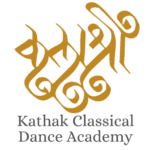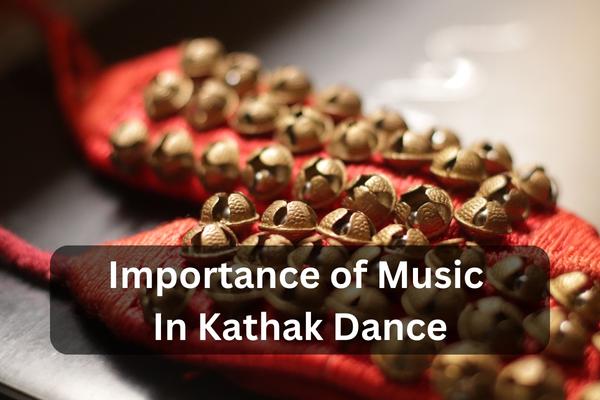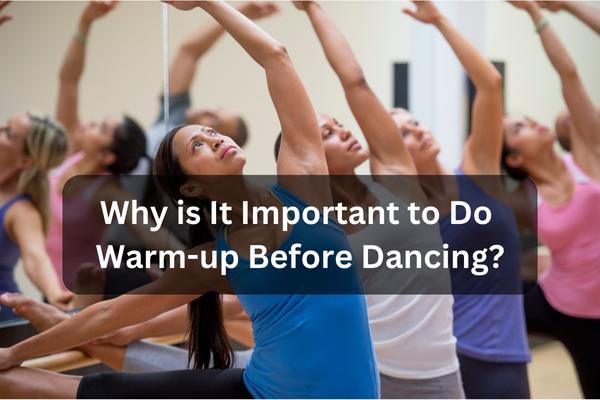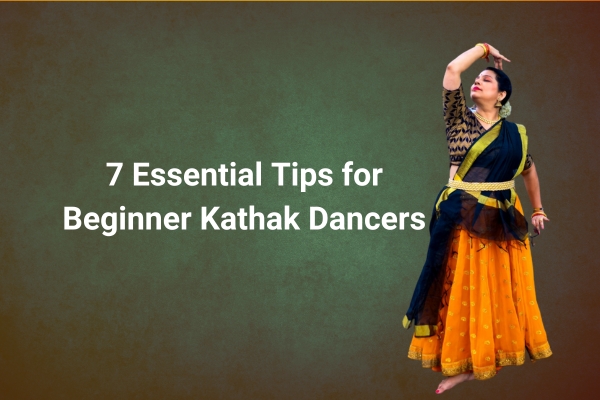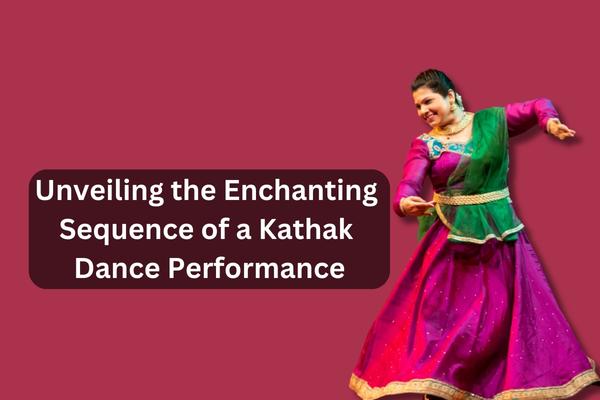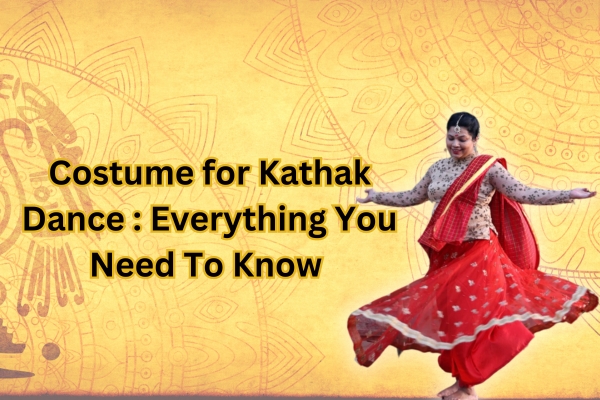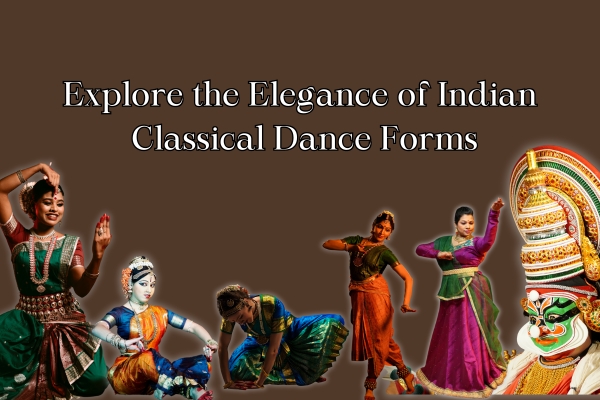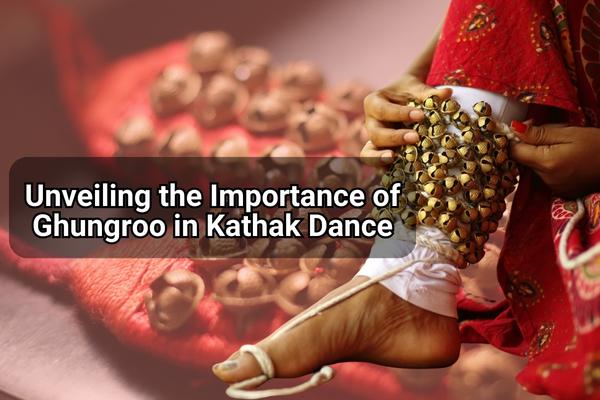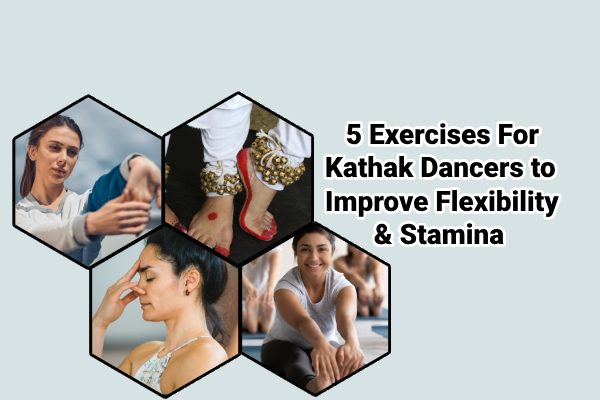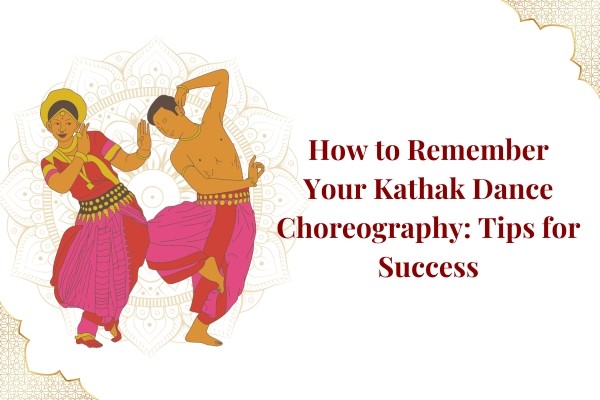Importance of Music In Kathak Dance
Kathak, a classical dance form originating from Northern India, is celebrated for its intricate footwork, graceful movements, and emotive storytelling. At its core, Kathak finds an inseparable companion in music, playing a pivotal role in elevating the dance experience. The rhythmic beats of the tabla, the melodic strains of the sitar, and the expressive vocals intertwine seamlessly with the dance, creating a harmonious spectacle that transcends mere movement, transforming Kathak into a captivating art form. Musical Elements in Kathak Dance Tabla and its Significance Rhythmic Patterns In Kathak, the tabla takes center stage with its intricate rhythmic patterns, providing a vibrant and dynamic backdrop to the dance. Dancers skillfully navigate the complexity of tabla beats, creating a rhythmic synergy that elevates the overall performance, showcasing precision and rhythmic mastery. Collaboration with Footwork The tabla collaborates intimately with Kathak footwork, forging a symbiotic relationship where the percussive beats enhance and synchronize with the intricate movements (Mudras), creating a mesmerizing dance experience. Sitar and its Melodic Contributions Importance of the Sitar in Kathak The sitar holds a paramount role in Kathak, serving as the primary melodic instrument that shapes the musical landscape. Its historical significance in the evolution of Kathak music adds depth and richness to the dance form, influencing its sonic character and artistic expression. Influence on Expressions and Storytelling The sitar’s melodic contributions go beyond musical aesthetics; they play a crucial role in amplifying the emotional depth of Kathak expressions (Abhinaya). Through captivating melodies, the sitar becomes a storyteller, guiding the narrative and enhancing the overall theatricality of the performance. Use of Vocal Music (Singing) Narration and Storytelling Through Lyrics: Vocal music, through lyrical storytelling, becomes a powerful vehicle for narration in Kathak. Singing adds a layer of expressive depth, conveying intricate stories, emotions, and cultural themes. The lyrics become a vehicle for communication, allowing dancers to convey nuanced narratives through the fusion of song and movement. Integration with Dance Movements: The seamless integration of vocal music with Kathak choreography exemplifies the art form’s holistic nature. Singing becomes an integral part of the dance, enhancing the overall artistic expression as dancers synchronize their movements with the emotive power of vocalization, creating a captivating and immersive performance. Connection Between Music and Movement Coordination Between Footwork and Rhythm How Footwork Complements Musical Beats: In Kathak, the coordination between footwork and musical beats is a finely tuned dance of precision. The intricate footwork patterns of the dancer complement the rhythmic intricacies of the music, creating a harmonious synthesis. Each step becomes a note, contributing to the overall musicality of the performance and showcasing the dancer’s mastery of both movement and rhythm. Role of Musical Cues in Guiding Dance Sequences: Musical cues serve as guiding elements in the seamless flow of Kathak sequences. Dancers rely on the rhythmic cues provided by the music to navigate complex choreography. These cues not only enhance synchronization but also allow for spontaneous improvisation, creating a dynamic interplay between the dancer and the music. Emotional Expression Through Music Utilizing Musical Dynamics for Emotional Portrayal: The emotional depth of Kathak is amplified through the dynamic range of the music. Dancers use the highs and lows, the pauses and crescendos in the music to convey a spectrum of emotions. The collaboration between expressive footwork and the emotional nuances of the music allows for a powerful and resonant portrayal of feelings, adding layers of complexity to the performance. Enhancing Storytelling Through Synchronized Music and Movement Kathak’s storytelling prowess is heightened through the synchronization of music and movement. The marriage of expressive footwork with emotionally charged music creates a compelling narrative. Each gesture and step align with the musical motifs, effectively conveying the story’s essence. This synchronized interplay elevates Kathak beyond a mere dance form, transforming it into a storytelling spectacle where every movement resonates with the emotions embedded in the music. Spiritual and Cultural Significance Music as a Spiritual Channel in Kathak In Kathak, music serves as a profound spiritual channel, connecting the dancer and the audience to a higher realm. The rhythmic patterns and melodic expressions become a form of meditation, transcending the physicality of the dance. Through the symbiotic relationship between movement and music, Kathak practitioners experience a spiritual journey, channeling emotions and devotion through the art form. The divine resonance of the music elevates Kathak beyond a performance, making it a spiritual experience that communicates the ineffable. Preservation of Cultural Traditions Through Musical Elements The musical elements in Kathak play a crucial role in preserving cultural traditions. Through the continuity of specific ragas, talas, and traditional compositions, Kathak becomes a custodian of cultural heritage. The melodies and rhythms passed down through generations carry the essence of history, mythology, and regional influences. By incorporating these musical elements into performances, Kathak ensures the transmission of cultural narratives, fostering a sense of identity and continuity, and safeguarding the rich tapestry of traditions embedded in the art form. In conclusion, Kathak, with its roots deeply embedded in Northern Indian culture, emerges as a mesmerising synergy of movement and music. The tabla’s rhythmic prowess, the sitar’s melodic tapestry, and the emotive power of vocals collectively elevate Kathak into a captivating art form. The seamless connection between music and movement, coupled with spiritual and cultural significance, reinforces Kathak’s timeless appeal. As it preserves traditions while embracing innovation, Kathak stands as a testament to the enduring union of artistic expression and cultural heritage. Want to learn Kathak? Embark on a journey of self-discovery and cultural exploration as the kathak dance classes in Mumbai invites you to delve into the mesmerising and graceful world of Kathak. Join us and uncover the beauty of this vibrant art form, discovering the magic within yourself along the way. Share this post if you find it useful – Previous Post More than 2 results are available in the PRO version (This notice is only visible to admin users) Have Questions Unleash the Grace of Kathak Dance! Enroll Now for Inspiring Kathak Dance Classes and Embark on a Journey of
Importance of Music In Kathak Dance Read More »
